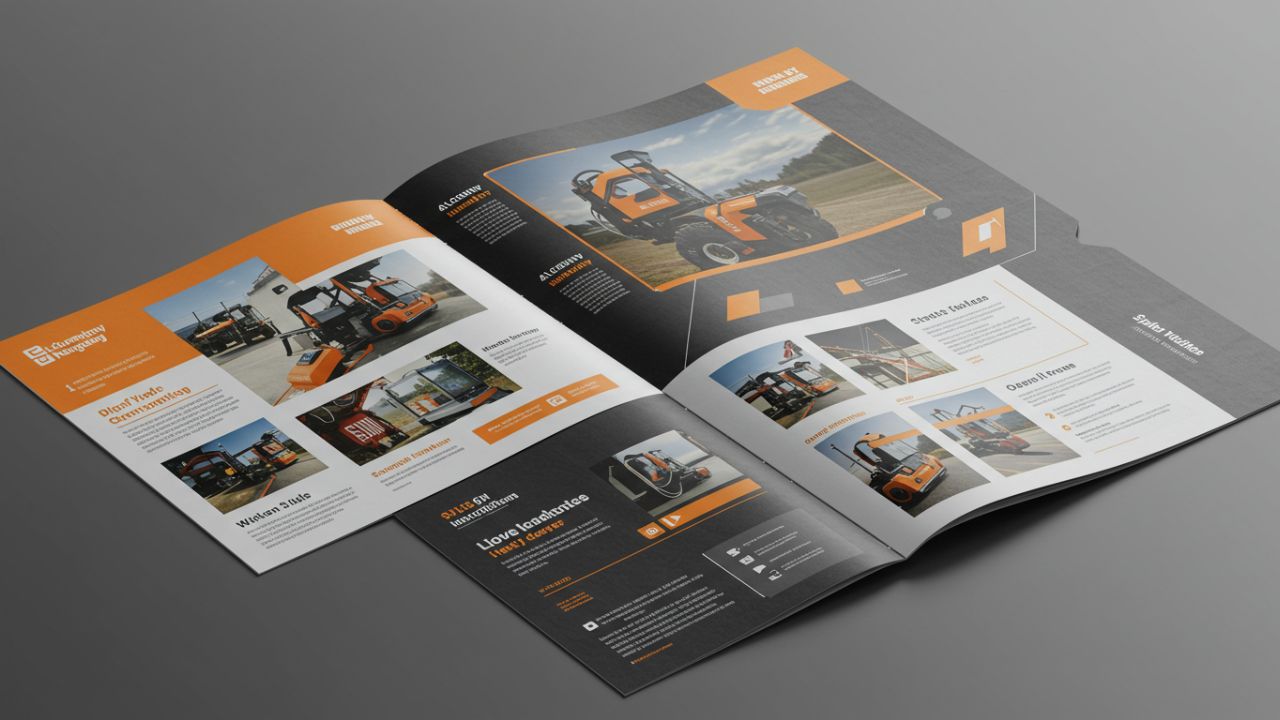In the dynamic world of influencer marketing, standing out to brands and securing lucrative partnerships requires more than just a strong social media presence. A professional media kit acts as your digital resume, showcasing your value, audience insights, and creative capabilities. Whether you’re a micro-influencer or a macro-content creator, a well-crafted media kit is essential for building credibility, streamlining collaborations, and negotiating better deals.
This guide will walk you through the process of creating a media kit that highlights your unique brand, engages potential partners, and positions you as a professional in the industry.
1. Understanding the Purpose of a Media Kit
A media kit (or press kit) is a curated collection of information that introduces your personal brand to businesses, PR agencies, and collaborators. It serves three primary purposes:
- Showcase Your Value : Demonstrate your reach, engagement rates, and audience demographics.
- Simplify Collaboration : Provide brands with the data they need to evaluate partnership potential.
- Build Trust : Professional presentation signals reliability and seriousness about your craft.
Without a media kit, brands may perceive you as unprepared or unprofessional, even if your content is exceptional.
2. Essential Components of a Media Kit
A compelling media kit balances creativity with analytics. Below are the key sections to include:
2.1. Introduction/Bio
- Who You Are : A concise 2–3 sentence summary of your niche, mission, and unique selling points.
Example : “Travel blogger passionate about sustainable tourism, reaching 50K eco-conscious millennials monthly.” - Tone : Match your platform’s voice—casual for TikTok, polished for LinkedIn.
2.2. Audience Demographics
Brands care about who your followers are . Include:
- Age range, gender, location, and interests.
- Use Instagram Insights, YouTube Analytics, or third-party tools like Hootsuite.
- Highlight alignment with the brand’s target market (e.g., “70% of my audience is interested in luxury skincare”).
2.3. Content Portfolio
- Best Work : Embed 3–5 high-performing posts, Reels, or videos.
- Campaign Examples : Showcase past collaborations with metrics (e.g., “Achieved 15% engagement rate for XYZ brand”).
- Content Themes : Explain your recurring content pillars (e.g., “Weekly wellness tips, monthly product reviews”).
2.4. Engagement & Growth Metrics
- Follower Count : Total and platform-specific (e.g., Instagram: 100K, TikTok: 200K).
- Engagement Rate : Calculate using [(Likes + Comments + Saves) / Followers] × 100.
- Growth Trends : Highlight consistent growth (e.g., “+15% followers/month over 6 months”).
2.5. Collaboration Opportunities
- Services Offered : Sponsored posts, affiliate marketing, brand ambassadorships, etc.
- Packages & Rates : Optional, but helpful for transparency (e.g., “Instagram post: $1,500”).
- Custom Proposals : Invite brands to discuss tailored campaigns.
2.6. Contact Information
- Email, website, and social handles.
- Agent/manager details, if applicable.
2.7. Testimonials
Include quotes from past clients:
“Jane’s content doubled our website traffic in 30 days!” – XYZ Brand
3. Designing Your Media Kit
A visually appealing media kit reflects your brand’s aesthetic. Follow these design tips:
3.1. Choose the Right Format
- PDF : Ideal for email attachments (use Canva or Adobe InDesign).
- Digital Media Kit : A dedicated page on your website with interactive elements (e.g., embedded videos).
3.2. Brand Consistency
- Use your logo, brand colors, and fonts.
- Match the style of your social feeds (e.g., minimalist, vibrant, retro).
3.3. Visual Hierarchy
- Highlight key metrics with charts, infographics, or bold text.
- Use high-quality images and avoid clutter.
3.4. Mobile Optimization
Ensure your PDF or webpage is easy to view on smartphones.
4. Tools to Create a Media Kit
- Design Platforms : Canva, Adobe Spark, Visme.
- Analytics : Later, Iconosquare, Google Analytics.
- Hosting : Upload your media kit to Google Drive or embed it on your website.
5. Common Mistakes to Avoid
- Outdated Information : Update metrics and portfolio quarterly.
- Overloading with Data : Focus on relevance—avoid sharing vanity metrics (e.g., follower count without engagement context).
- Ignoring Brand Alignment : Tailor your media kit to each brand’s goals (e.g., highlight family-friendly content for a parenting brand).
6. Example Media Kit Structure
- Cover Page : Name, logo, tagline.
- Bio : 100-word intro.
- Audience Insights : Infographic of demographics.
- Top Content : 3–5 posts with captions/metrics.
- Collaboration Menu : Services and rates.
- Testimonials : 2–3 quotes.
- Contact : Email and social links.
7. Final Tips for Success
- Keep It Concise : Aim for 1–2 pages (PDF) or a single webpage.
- Use Analytics Tools : Sprout Social or Brandwatch for deeper insights.
- Pitch with Confidence : Reference your media kit in outreach emails.
Conclusion
A professional media kit is your ticket to meaningful partnerships in the influencer economy. By presenting your audience data, creative strengths, and past successes in a polished format, you’ll attract brands that align with your values and amplify your earning potential. Remember: Your media kit is a living document—update it regularly to reflect your growth and evolving brand story.
Start building your media kit today, and watch your collaborations soar!

Leave a Reply